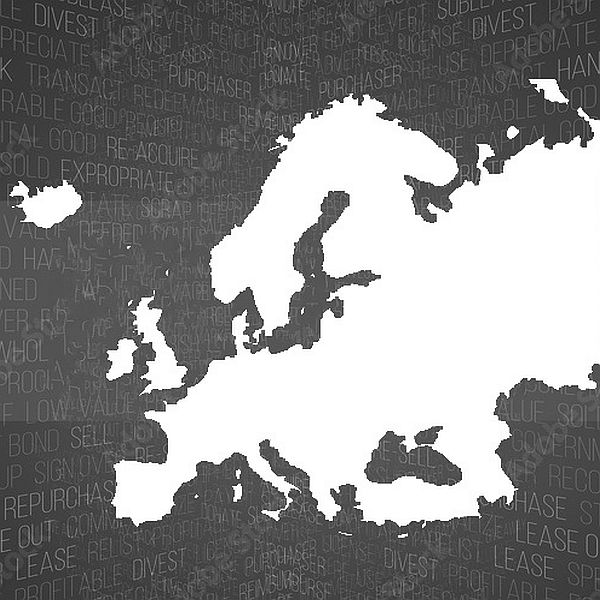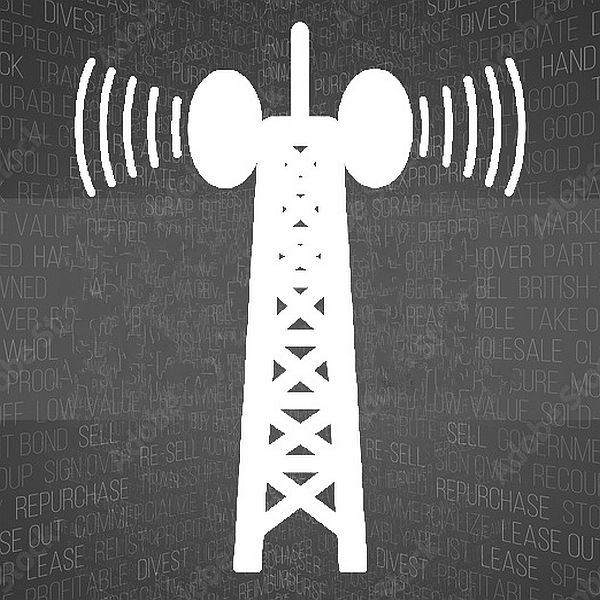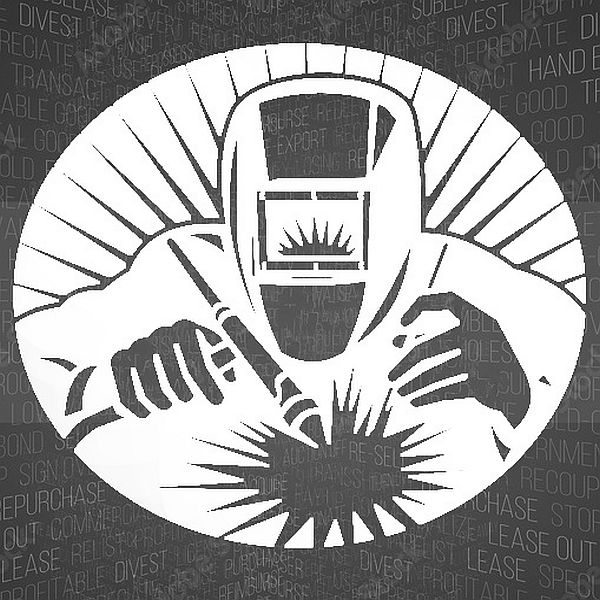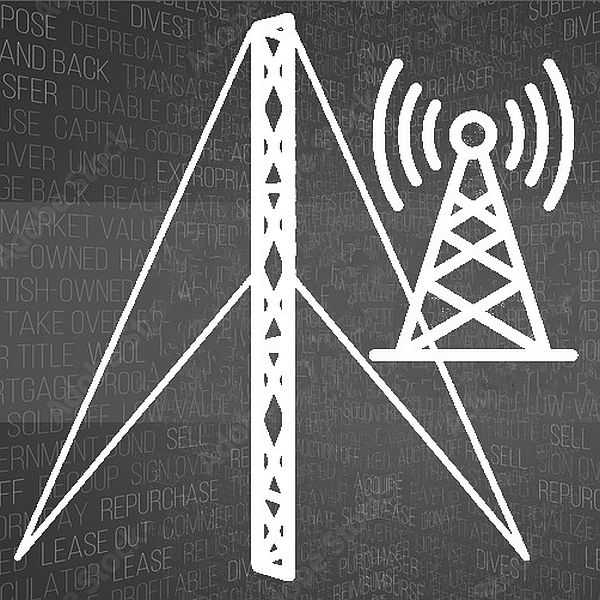guide

I’m from England, France, Germany – you name it, Altruss is located elsewhere – will it work?
Read more: I’m from England, France, Germany – you name it, Altruss is located elsewhere – will it work?Absolutely, Altruss operates within the EU, making export/import processes easier than ever. With no VAT in exports, unified invoices, and convenient payment methods such as PayPal or SWIFT, conducting transactions feels as seamless as shopping at a local grocery store. If you’ve never tried importing before, now is an excellent opportunity! Language barriers are not…

Service of mast and tower, why should I bother?
Read more: Service of mast and tower, why should I bother?Servicing masts and towers is essential due to the high-risk nature of these constructions. Damage or failure could result in property loss or even endanger lives, making regular maintenance crucial. For aluminum masts, while they are resistant to corrosion, they are susceptible to frost cracking. Therefore, it’s advisable to have qualified personnel check for signs…

How do we attach antennas the smart way?
Read more: How do we attach antennas the smart way?Attaching antennas to a telecommunication mast in a smart way involves utilizing the most robust points in the structure, known as nodes. Here’s how to do it effectively: Identify Nodes: Nodes are the locations where cross members meet on the corner pipe of the mast. These points are inherently strong and are designed to withstand…

How welding technique influences the final product?
Read more: How welding technique influences the final product?The welding technique employed significantly influences the final product in the mast business, impacting its safety, durability, and overall quality. Here’s how: TIG Welding for Precision and Quality: TIG (Tungsten Inert Gas) welding is favored in Altruss for its precision and superior quality. TIG welding allows for precise control over the welding process, resulting in…

Is mast stiffness important for me? What should I expect?
Read more: Is mast stiffness important for me? What should I expect?Mast stiffness is indeed an important factor to consider, especially for certain applications such as radiolink communication and satellite dishes. Here’s what you should expect regarding mast stiffness: Importance of Stiffness: In most cases, a stiff mast is considered a good quality mast. Stiffness is crucial for applications like radiolink communication and satellite dishes, where…

How do we choose right height of the mast for radiolink?
Read more: How do we choose right height of the mast for radiolink?Choosing the right height for radiolink antenna masts in telecommunications involves considering the concept of Fresnel Zones. Here’s how it works: By carefully considering Fresnel Zones and choosing appropriate mast heights, telecommunications professionals can optimize radiolink performance and ensure reliable communication over long distances.

What do I choose? Tower or mast?
Read more: What do I choose? Tower or mast?Choosing between a tower and a mast depends on various factors, including comfort of use, space requirements, economy, and environmental considerations: Space Requirements: Towers generally require more space for installation compared to masts of the same height. Consider whether you have sufficient land available for a larger mast or if a smaller footprint of tower…
Subscribe
Sign up with your email address to receive our weekly news
Latest news
- I sell network equipment, clients ask us for masts and towers sometimes. Can I resell your products?
- Eurocode in my country is different than in other regions, can you handle this?
- Okay your prices are fine, but how about transportation costs?
- My authorities demand TUV, GLS-SLV, ISO3834, ISO1090 and “CE” – can you do it?
- I’m from England, France, Germany – you name it, Altruss is located elsewhere – will it work?
